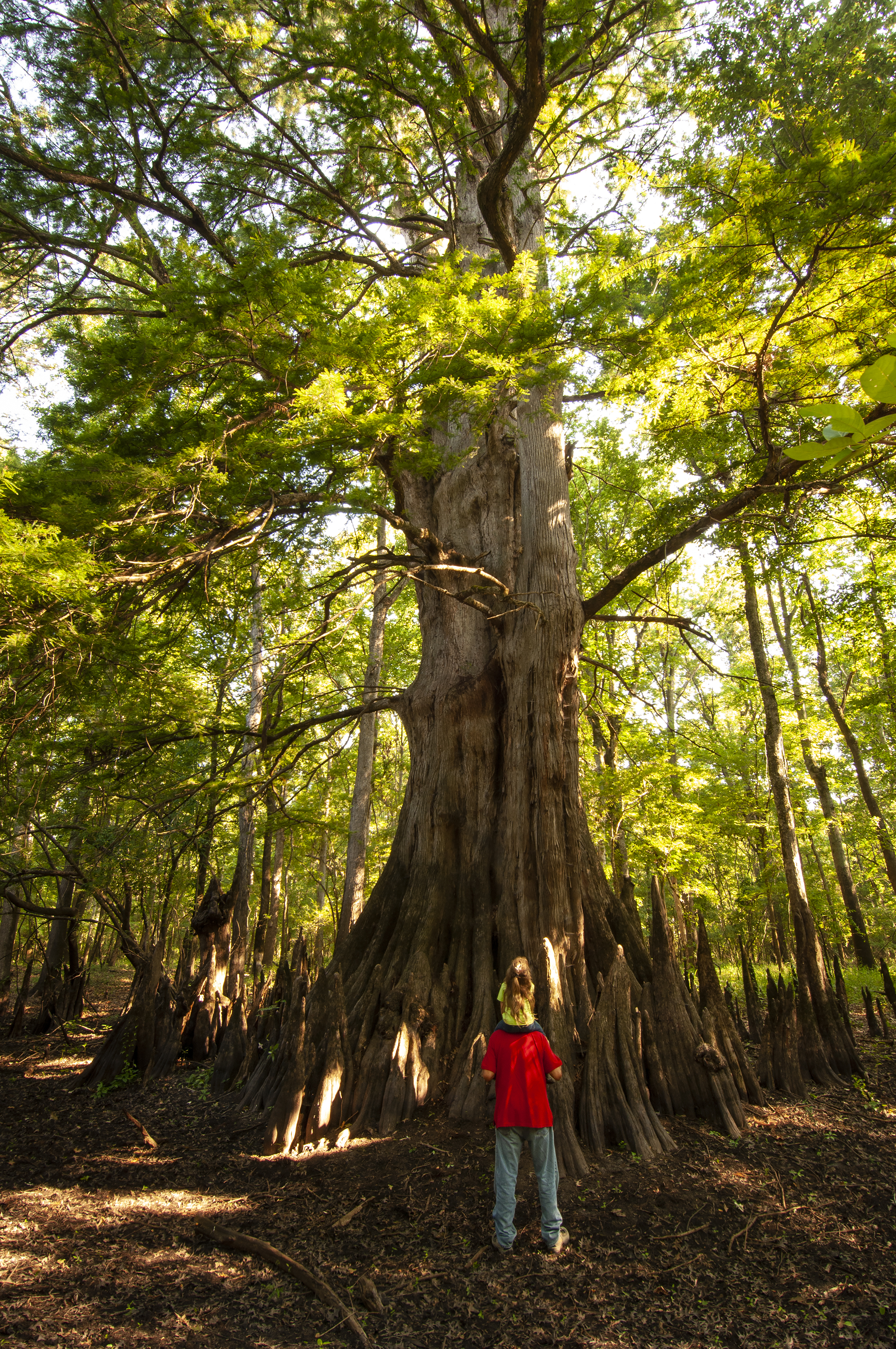Exploring the ecology of Arkansas’ Lower Delta
The Lower Delta offers wonderful opportunities to get outside to explore and experience some of the reasons Arkansas is known as “The Natural State.”

There are several locations throughout the region that allow visitors to be surrounded by nature. The St. Francis National Forest is one of the smallest and most diverse forests in the United States. Created by presidential proclamation of President Dwight D. Eisenhower on Nov. 8, 1960, the St. Francis National Forest is comprised of over 22,000 acres located within Lee and Phillips counties in eastern Arkansas.
The forest derives its name from the St. Francis River, which joins the Mississippi River within the boundaries of the forest in Lee County. Most of the forest is situated on Crowley's Ridge, but some is in the low, flat lands along the Mississippi and St. Francis rivers. The St. Francis National Forest is the only place in the National Forest System where the public can experience the awesome grandeur of the mighty Mississippi River from the shoreline. Two National Scenic Byways run through the forest – the Great River Road All-American Road and Crowley’s Ridge Parkway – allowing visitors to experience the dichotomy within the St. Francis itself. Traveling along either of the byways gives visitors insight into the geography of the forest and the residents that call it home – deer, turkey, raccoon, birds and even the occasional alligator.
Recreation abounds within the St. Francis National Forest and the Mississippi River State Park, which is contained within the forest. Bear Creek Lake and Storm Creek Lake recreation areas offer great fishing, camping, boating, hiking and picnicking. Driving along the Great River Road All-American Road (also known as the Low Road) will take you to the confluence of the Mississippi and St. Francis rivers for great views of the waterways as you wind through some of the most fertile farmland in the U.S. Exploring Crowley’s Ridge Parkway offers beautiful scenery and plentiful watchable wildlife opportunities, along with the opportunity to walk the Louisiana Purchase Base Line Trail and learn more about the historic land acquisition of 1803.
Plan a visit to the Dale Bumpers White River National Wildlife Refuge in St. Charles. The refuge was established in 1935 for the protection of migratory birds and is one of the most important areas for wintering waterfowl in North America. The refuge is also home to the only population of native black bear in the state of Arkansas and is designated as a Wetland of International Importance. Its fertile forests and some 300 lakes are interlaced with streams, sloughs, and bayous, resulting in a haven for a myriad of native wildlife and migratory birds. And while we’re talking about trees, you’ll find the largest tree in Arkansas at the White River National Wildlife Refuge … the champion cypress.

Traveling further south into the Lower Delta region, check out the Freddie Black Choctaw Island Wildlife Management Area in Arkansas City. At over 7,500 acres, the wildlife management area, comprised largely of bottomland hardwood forest, is an attraction and habitat for wildlife. The WMA features over 9 miles of nature trails and opportunities for bird watching and wildlife viewing.

